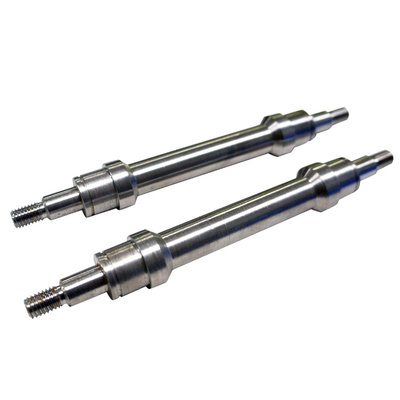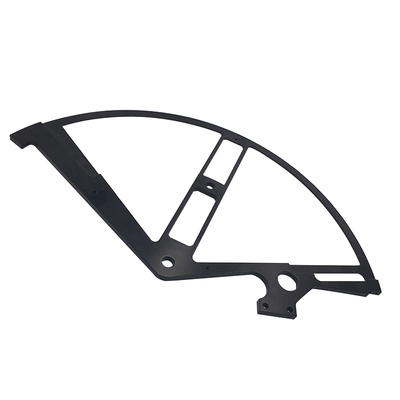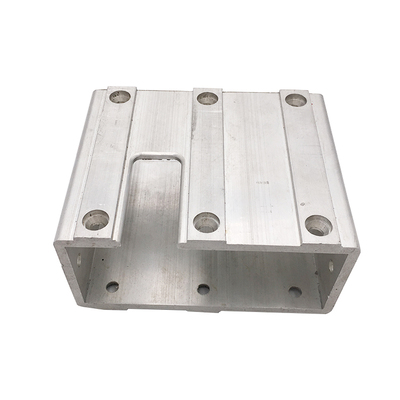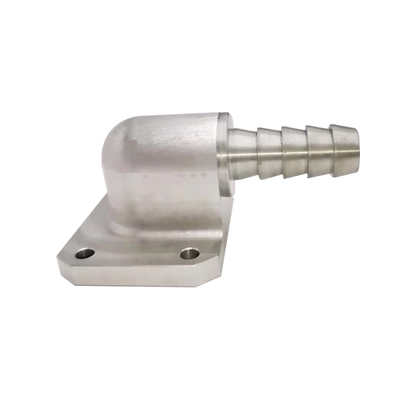Three new mold surface treatment technologies are here!
The Mold Technology Department (MTD) of the Society of Plastics Engineers (SPE) has been organizing technical lectures at ANTEC conferences for many years. At the beginning of this year, the MTD board of directors went to San Antonio with excitement, held a meeting, and held mold technology discussions with industry and academia. However, the COVID-19 pandemic forced the SPE to review the plan and convert the meeting to an online meeting.
The SPE ANTEC 2020: online conference is held from March to May and lasts for six weeks. MTD hosted technical lectures online through the Zoom conference, thereby providing more time for Q&A sessions and virtual interactions. The MTD Board of Directors is very satisfied with the increase in the number of participants listening to the speech and the effectiveness of the follow-up Q&A and discussions. At the same time, participants pointed out the importance of face-to-face communication, indicating that face-to-face dialogue is more efficient.
The discussion focused on different functionalization techniques, including ultrafast laser texturing, coating surface modification and surface activation using plasma.
Different teams introduced their research projects in different universities in different countries such as the United States, Italy and Germany. The high-quality lectures were provided by young graduate students, all of whom showed great enthusiasm for mold technology innovation and mold manufacturing. In addition, the technical content of the lecture highlights people's attention to mold surface properties and functions.
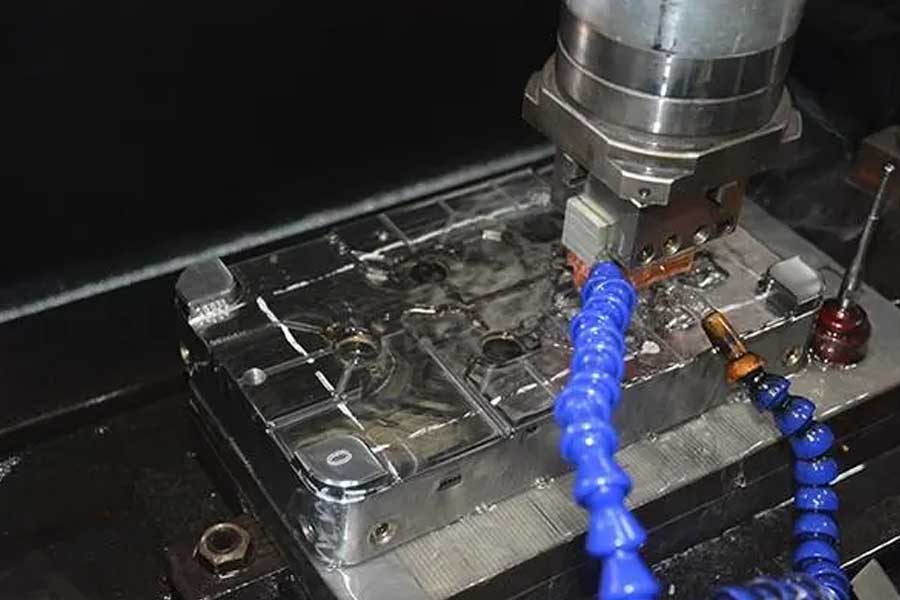
Although each project is unique, a theme has emerged, that is, they work together to identify and test the innovative performance of injection mold surfaces. The discussion focused on different functionalization techniques, including ultrafast laser texturing, coating surface modification and surface activation using plasma. The considerable benefits brought by these advanced technologies will bring exciting opportunities to the mold manufacturing industry.
The surface properties of plastic products have been successfully used in a variety of applications and market segments through injection molding. Texturing can create surface features at multiple scales, from millimeters to nanometers. Generally, the mold surface has a certain texture, which can replicate specific surface functions on injection molded products. Different functions have been implemented, such as antimicrobial, optics, aesthetics, friction, etc.
When considering the functionalization of the mold surface, the available information is limited. Generally, there are two main methods for mold functionalization: surface generation or texturing and surface modification. The texture of the mold surface can be achieved by etching, micromachining, photolithography, laser ablation and other methods. Most technologies require dedicated equipment and skilled technicians to ensure accuracy and precision at the micron or sub-micron level. Mold manufacturers usually obtain these resources from dedicated partners who only focus on surface texture design and manufacturing.
On the other hand, the coating can change the mechanical and chemical surface properties by depositing a thin layer of ceramic material. This method helps extend tool life by solving wear problems, which may be exacerbated when high viscosity or filled resins are used. However, the polymer/coating interface interaction is not direct, so interface chemistry and processing thermodynamics play an important role.
Although each project is unique, they all focus on identifying and testing the innovative properties of injection mold surfaces, sparking discussions about new opportunities in the mold manufacturing industry.
Mold surface treatment
To understand the impact of specific mold surface treatment on the injection molding process, it is necessary to study interface phenomena that are not easy to monitor. These researchers use sensors, machine wiring and data analysis to evaluate the impact of the mold surface on the injection molding process. Three main findings are proposed: (1) the effect of surface properties on polymer filling; (2) demolding; (3) activation of multi-material injection molding.
1. The effect on filling: the use of femtosecond laser to deform the injection mold in sub-micron
Researchers from the Department of Plastics Engineering at the University of Massachusetts Lowell introduced the results of cooperation with the Department of Industrial Engineering of the University of Padua in Italy. The team analyzed the effect of surface texture on polymer filling flow and reported a beneficial reduction in injection pressure. Femtosecond lasers are used to generate ripples that are less than one micron (or 0.04 thousandths of an inch) in size. The texturing process utilizes the high energy per unit area (cumulative flux) delivered to the mold surface, thereby controlling the size and regularity of the microstructures and nanostructures.
It is important to note that the laser does not directly ablate the steel. However, it still retains its "fingerprint" when scanning. The resulting sub-micron structures are laser-induced periodic surface structures (LIPSS), and their use in plastic injection molding is growing.
By controlling the polarization direction of the laser beam, the texture is arranged in a direction different from the polymer flow. They used advanced metrology equipment (such as scanning electron microscope and atomic force microscope) to check the quality of the texture. Then, an experimental injection molding device was used to measure their effect on injection pressure, in which different mold inserts were replaced in the mold base.
When aligned with the polymer flow, the effect of the structure is a 7% reduction in injection pressure. In the demonstration, the researchers considered the rheological behavior of the polymer melt in the cavity to explain this effect. The sub-micron texture facilitates the sliding of the polymer melt at the interface with the mold surface. The results may help design thinner plastics, thereby creating opportunities for reducing plastic consumption. Similarly, texture can be used to improve the processing of high-viscosity resins, such as engineering grade or post-consumer grade.
The injection mold setting is used to study the texturing effect of the filling stage. Image source: Department of Plastics Engineering, University of Massachusetts Lowell, and Department of Industrial Engineering, University of Padua.
The team of researchers has recently applied for a patent for this technology (Italian Patent N.102018000001348, International PCT/EP2019/050818), and will continue to study the basic aspects of polymer/mold interface interaction.
2. Effect on spraying: reduce demolding force through surface modification
Researchers from Gemeinnützige KIMW-Forschungs-GmbH (Luedenscheid, Germany) and Kunststoff-Institut Fürdiemittelständische Wirtschaft NRW GmbH (Luedenscheid, Germany) jointly studied the impact of mold surface coating on jetting force. The ejection force evaluated on the tool mold focuses on the friction torque between the molded plastic and the coated mold insert.
They used an experimental device to study the influence of mold surface properties on injection molding parameters and resin properties. They used TiN, CrN and chemical Ni + BN coatings to modify the cavity surface. They also considered different mold textures, such as sandblasting, mirror polishing, EDM, chemical etching and other different polished surfaces.
The results show that different resins will cause very different static and dynamic friction behaviors when ejected, and some polymers (for example, POM) exhibit very stable behavior, while for other polymers (for example, PC / ABS), repeated The standard deviation between the ejection force measurements is much higher.
Compared with uncoated blades, the coating can effectively reduce static and dynamic friction. However, it is worth noting that treatments with different resins can produce various effects, which indicates that the polymer/mold interaction during the injection process needs to be studied. The higher surface roughness is due to higher adhesion and increased spray force.
3. Impact on bonding: online surface activation in multi-injection molding
Researchers from the Paderborn School of Art at Paderborn University (Germany) conducted a study in which they used plasma activation technology to bond the surfaces of two polymers in an injection mold. Using InMould-Plasma technology can bond incompatible resins during multi-material injection molding.
Surface activation with plasma (partially or fully ionized gas) is a widely used bonding technique. However, post-processing is usually performed outside the mold. In their work, the researchers studied the integration of technology within the mold, thereby eliminating additional processing steps.
Injection mold equipped with InMould-Plasma surface activation and bonding system. Image source: Paderborn College of Art at Paderborn University.
The experiment was carried out using InMould-Plasma technology, which was integrated into a modular three-station two-component overmolding tool. The mold uses soft and hard polymers to produce peel-off specimens. In the first injection molding station (blue mold plate), a square plate is molded on the fixed mold side. The second station (green mold plate) is the plasma station, which slides in front of the previously injected plate. Surface activation follows the pattern of tortuous channels in which plasma flows. Finally, inject the second polymer onto the functionalized surface of the third station (brown-red template).
Measuring the peel strength (PP/TPU) of normally incompatible polymers (such as polypropylene and polyurethane) demonstrates the efficiency of plasma surface activation. The results show that the compatibility of the material is greatly increased, and the peel strength is improved (that is, higher than 12.5 N/mm).
Link to this article: Three new mold surface treatment technologies are here!
Reprint Statement: If there are no special instructions, all articles on this site are original. Please indicate the source for reprinting:https://www.cncmachiningptj.com/,thanks!
 Sheet metal, beryllium, carbon steel, magnesium, 3D printing, precision CNC machining services for heavy equipment, construction, agriculture and hydraulic industries. Suitable for plastics and rare alloys machining. It can turn parts up to 15.7 inches in diameter. Processes include swiss machining,broaching, turning, milling, boring and threading. It also provides metal polishing, painting, surface grinding and shaft straightening services. The production range is up to 50,000 pieces. Suitable for screw, coupling, bearing, pump, gearbox housing, drum dryer and rotary feed valve applications.PTJ will strategize with you to provide the most cost-effective services to help you reach your target,Welcome to Contact us ( [email protected] ) directly for your new project.
Sheet metal, beryllium, carbon steel, magnesium, 3D printing, precision CNC machining services for heavy equipment, construction, agriculture and hydraulic industries. Suitable for plastics and rare alloys machining. It can turn parts up to 15.7 inches in diameter. Processes include swiss machining,broaching, turning, milling, boring and threading. It also provides metal polishing, painting, surface grinding and shaft straightening services. The production range is up to 50,000 pieces. Suitable for screw, coupling, bearing, pump, gearbox housing, drum dryer and rotary feed valve applications.PTJ will strategize with you to provide the most cost-effective services to help you reach your target,Welcome to Contact us ( [email protected] ) directly for your new project.

- 5 Axis Machining
- Cnc Milling
- Cnc Turning
- Machining Industries
- Machining Process
- Surface Treatment
- Metal Machining
- Plastic Machining
- Powder Metallurgy Mold
- Die Casting
- Parts Gallery
- Auto Metal Parts
- Machinery Parts
- LED Heatsink
- Building Parts
- Mobile Parts
- Medical Parts
- Electronic Parts
- Tailored Machining
- Bicycle Parts
- Aluminum Machining
- Titanium Machining
- Stainless Steel Machining
- Copper Machining
- Brass Machining
- Super Alloy Machining
- Peek Machining
- UHMW Machining
- Unilate Machining
- PA6 Machining
- PPS Machining
- Teflon Machining
- Inconel Machining
- Tool Steel Machining
- More Material

